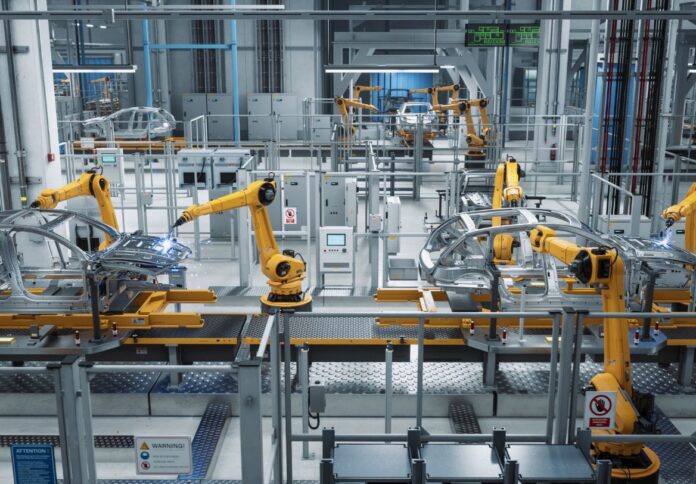
Australia’s manufacturing sector has seen a further expansion in February amid a moderated decrease in new orders as firms worked through their outstanding orders.
S&P Global’s Australian Manufacturing Purchasing Manager’s Index (PMI) stood at 50.5 in February, up from the neutral level of 50.0 in January, reflecting an improvement in the health of the sector.
Firms have reported that underlying market demand remained subdued, but there were signs of some stability in product markets throughout the month.
A marginal decline in new export orders was also registered while the rate at which output backlogs were depleted was among the fastest in the survey’s history.
Furthermore, supply chain challenges showed signs of easing in the Australian manufacturing sector, reflecting the shortest delivery times since data collection began for the survey in May 2016.
The input cost inflation rate also slumped to the lowest since December 2020, driven by slower increases in the costs of raw materials, energy, and labour.
“Both input and output price indexes have stopped falling in any meaningful way. The current level of these indicators is consistent with overall inflation in Australia of around 4-5% in 2023, broadly in line with official forecasts,” said Warren Hogan, chief economic advisor at Judo Bank.
Meanwhile, employment levels in the sector skyrocketed at the fastest rate since September 2022 as manufacturers increased workforce capacity amid workforce shortages.
Overall, sentiment within the Australian manufacturing industry stayed positive in February amid hopes of better sales in the coming 12 months. However, the level of business confidence eased significantly as firms remain concerned over the interest rate and economic outlooks.
“The latest Judo Bank Manufacturing PMI results suggests the Australian economy remains on track for a soft landing in 2023. None of the forward-looking indicators are pointing to recession,” Hogan said.
“If anything, the recent stabilisation of the PMI and the output index suggests that the next shift in economic momentum for the Australian economy could just as easily be upwards as it could be for further slowing,” he added.




















